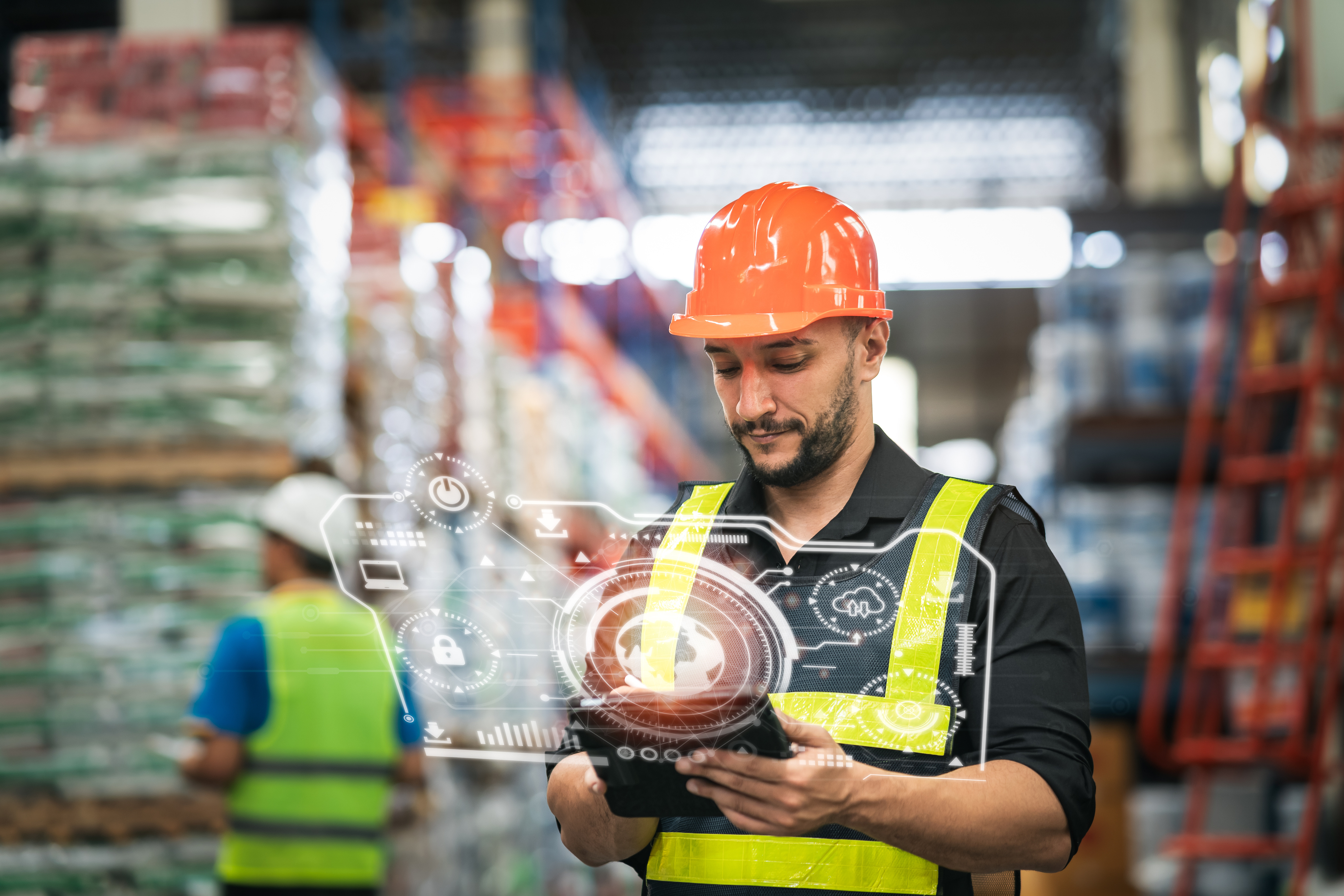This blog post discusses how Workforce management's future in manufacturing, distribution, and logistics operations will be significantly influenced by automation, enhanced training and development, and an increased focus on safety and health

Workforce management has always been a critical aspect of manufacturing, distribution, and logistics operations. As technology continues to advance and the nature of work evolves, the future of workforce management in these industries is set to undergo significant changes.
Automation is already reshaping manufacturing, distribution, and logistics, and its influence will only grow. As robots, machine learning, and artificial intelligence take on more routine tasks, organizations must rethink how they manage both human and machine resources. The goal is to create a seamless partnership where automation boosts productivity and humans focus on complex problem-solving, oversight, and innovation.
Effective workforce management now means orchestrating this blend of technology and talent. Tools like Veryable’s workforce management platform help organizations coordinate automated systems with flexible, skilled labor, ensuring that both work together efficiently to meet business objectives. This integration reduces manual effort, minimizes errors, and allows teams to adapt quickly to changing demands.
As automation and digital tools become more prevalent, the skills required for manufacturing and logistics roles are evolving. Continuous training and development are no longer optional they are critical for keeping pace with technological change and maintaining a competitive edge.
Forward-looking organizations invest in blended learning strategies, combining hands-on experience with digital tools, mentorship, and immersive technologies like virtual and augmented reality. These approaches accelerate skill acquisition, improve retention, and prepare employees for the realities of modern production environments.
Cross-training initiatives further enhance workforce flexibility, enabling employees to move between roles and adapt to new challenges. By prioritizing both technical and soft skills communication, collaboration, and problem-solving organizations build resilient teams ready for whatever comes next.
The rise of automation and digital tools brings new opportunities to enhance workplace safety and employee health. Wearable technologies, real-time monitoring, and advanced safety systems can all help organizations proactively identify risks and protect their teams.
A strong safety culture starts with leadership commitment and extends to every level of the organization. Open communication, regular training, and clear policies ensure that safety is a shared responsibility. By leveraging technology to monitor health and safety, organizations can reduce accidents, lower turnover, and create a more supportive work environment.
The future of workforce management in manufacturing, distribution, and logistics will be defined by automation, continuous learning, and a steadfast commitment to safety. Organizations that embrace these trends and leverage platforms like Veryable’s to support agile, data-driven workforce management will be best positioned for success.
By integrating advanced technology, investing in employee development, and prioritizing well-being, companies can build resilient, efficient, and future-ready operations. The bottom line: the organizations that adapt today will lead the industry tomorrow.
To get answers to your questions and learn more about how our Workforce Management platform can support your operational goals, please contact us.
If you’re ready to take the next step, simply fill out our demo request form. A member of our team will reach out shortly to schedule a personalized walkthrough tailored to your needs.